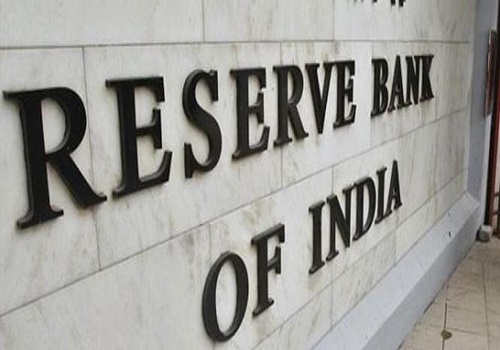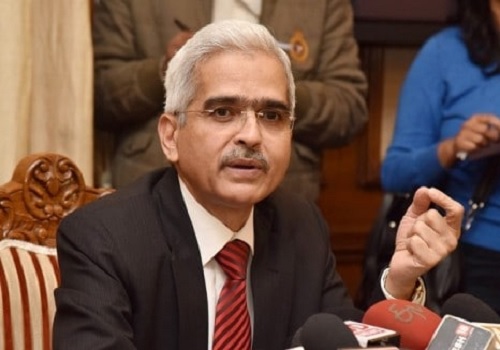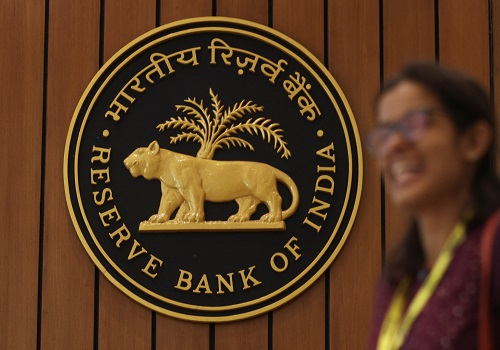India banks on Green Hydrogen for economic development

Follow us Now on Telegram ! Get daily 10 - 12 important updates on Business, Finance and Investment. Join our Telegram Channel
Green Hydrogen has become an integral part of Indias economic development and net-zero plans. Hydrogen will act as a critical enabler to achieving the global targets to limit the increase in temperature to 1.5 degree Celsius, adapt to adverse impacts of climate change and foster low greenhouse gas emissions development.
A NITI Aayog report suggests, it can help abate 3.6 gigatons of cumulative CO2 emissions by 2050, which may prove to be a boon for the country if it succeeds in its endeavours.
European countries are seeking to collaborate with India for Green Hydrogen projects.
Explaining why India is betting big on hydrogen, an EY report stated the global pandemic has taught nations to diversify their energy demand as well as their geographical availability. The fluctuations in the oil & gas market have disrupted supply-demand chain and cause variations in fuel costs. Developing countries like India needs to find out an alternative to strengthen its national energy security.
India is the third largest global CO2 emitter (7 per cent of global CO2 emission) well below China and the US. It has also committed to reducing its emissions intensity by 33-35 per cent under the Paris Agreement.
According to the EY report India is the world's third largest crude oil importer with import dependency of more than 80 per cent. It also imports 54 per cent of natural gas and 24 per cent of coal requirements, which largely affects India's financial account balance. India's oil import bill in FY20 and FY19 was around $101.4 billion and $111.9 billion, respectively.
A number of sectors like iron ore and steel, fertilizers, refinery, methanol, heavy duty trucking, aviation and maritime shipping emit large amounts of carbon dioxide.
According to the NITI Aayog report, if these sectors are helped with carbon free hydrogen or green hydrogen, the country will be able to deep decarbonise itself, which may help the country transition to clean energy and meet the net-zero targets by 2070. The report suggests, India has its distinct advantage in low cost renewable energy generation, which makes green hydrogen the most competitive form of hydrogen in the long run and cost parity with natural gas-based hydrogen or grey hydrogen could also be achieved by 2030.
NITI Aayog says with emerging global momentum on hydrogen, India can situate this decarbonisation opportunity not just within the context of a low-carbon economy, but also as an enabler of energy security and economic development for the nation.
Green hydrogen can potentially provide a replacement of fossil fuels in industrial processes and the next steps at the policy level could involve arriving at the correct mix between mandates/regulations and price instruments.
The EY report stated India aims for 100 million tonnes of coal gasification by 2030. Therefore, India has an opportunity to support blue hydrogen using carbon capture, utilization and storage technology. A minimum subsidy can also be allocated for the same and this will create enough hydrogen demand and infrastructure for green hydrogen to enter the market.
Eventually, green hydrogen will become prevalent and utilize existing storage, transmission and distribution infrastructure.
Current demand for hydrogen in India (Source: EY report):
Industry sectors such as refineries and fertilizers account for major hydrogen demand in India mainly through grey hydrogen.
Grey hydrogen is largely produced by natural gas therefore, emitting huge amount of CO2 emissions.
Hydrogen can be useful in application that require high temperatures (above 250 degrees Celsius), especially in the chemical, iron and steel industry. In such cases, hydrogen can serve as an excellent alternative to other energy sources.
Also, it is essential to promote usage of hydrogen in sectors where direct electrification is not feasible.
The NITI Aayog report concluded that hydrogen demand in India could grow more than four-fold by 2050, representing almost 10 per cent of global demand. Given that the majority of this demand could be met with green hydrogen in the long-term, the cumulative value of the green hydrogen market in India could reach US$8 billion by 2030.
There is significant global interest in green hydrogen and countries are in the first stages of formulating a strategy and this will ultimately decide the winners and losers of the hydrogen economy.










Tag News

Monthly Debt Market Update, September 2023: CareEdge Ratings





 320-x-100_uti_gold.jpg" alt="Advertisement">
320-x-100_uti_gold.jpg" alt="Advertisement">








